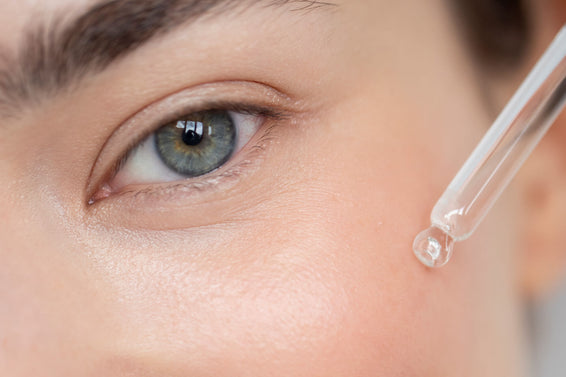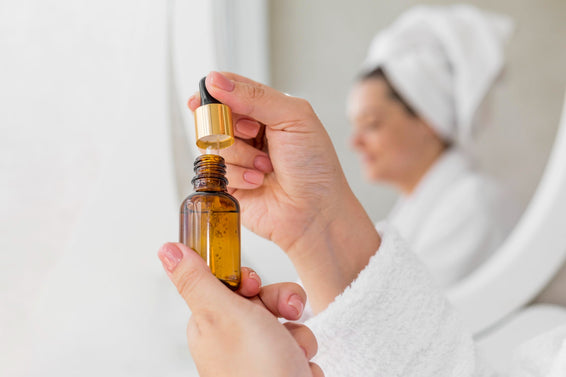Hair Growth
Ever wonder why your hair seems to thin? It might have something to do with hair growth. To get beautiful and strong hair, you need to understand first how it grows. Practice a healthy hair care to make sure that your tresses grow strong and shiny.
Various factors affect hair growth, including your diet and your hair care. There’s science behind hair growth – the processes, its functions, and how the products you use can affect the health of hair. Learn all about hair growth and tips on how to promote healthy hair growth.

All About Hair Growth
You develop hair even when you were still in the wound. By the time you were born, you already have grown hair in your head, eyebrows, and eyelashes. You can experience thinning or loss of hair volume in any part of your body. There are various processes involved in hair growth. Find out more about these processes here:
How Does Hair Grow
Hair follicles form during the 22nd week of pregnancy. There are about 5 million follicles found in the entire body. A million of these follicles are found on the head, which has the highest concentration of hair follicles.
Keratin is a type of protein that makes up each hair strand. The body needs nourishment to grow hair including protein. There are different types of hair in your body and they have different characteristics. Here are the various hair types and how they feel:
- Vellus hair is the type of hair strands found all over the body. It has a light color, which might appear almost invisible to the naked eyes. Vellus hair can grow anywhere in your body except for the lips, palms, soles, navel, back of the ear, and genital areas. It develops during childhood and may be replaced with terminal hair during puberty.
- Terminal hair or androgenic hair has thicker and coarser texture. This hair type develops during your puberty. It can grow anywhere in your body except for places that don’t have hair follicles. Hair also does not grow on scar tissues.
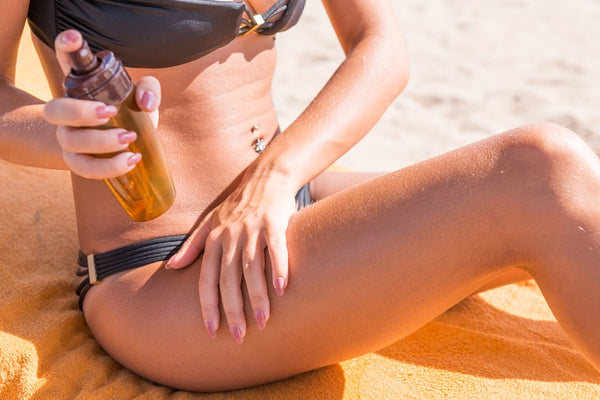
Hair is made up of two structures – the follicles and the shaft. The follicles grow the shaft or the body of hair strands. One follicle can shed and grow numerous strands in one lifetime. Once they are damaged, they might slow down or completely stop growing hair. Hair volume gets thinner as you age due to the expanding scalp and the damaged follicles.
Essential Nutrients for Hair Growth
Scalp grows hair with the help of essential nutrients. Hair growth can slow down when there is a deficiency of nutrients. Here are the important nutrients in hair growth:
- Biotin – Biotin is a type of vitamin B that helps create amino acids. Amino acids are important in building the proteins that make up hair. Biotin helps promote hair growth.
- Niacin – Niacin, or vitamin B3, is important as it maintains blood cell structures. It enhances blood flow to deliver oxygen and nutrients to the scalp, therefore, the hair follicles.
- Zinc – Zinc is a substance that prevents the shrinking of hair follicles to keep hair growing. It also speeds up the resting phase to grow stronger and longer hair.
Protein, iron, and various nutrients are necessary for hair growth as well. You can get these vitamins and minerals from various healthy food that have other benefits for the body. Check out this page to find out which nutrient-rich food you can include in your diet for healthy hair growth.
READ MORE: 7 Healthy Food for Strong and Beautiful Hair
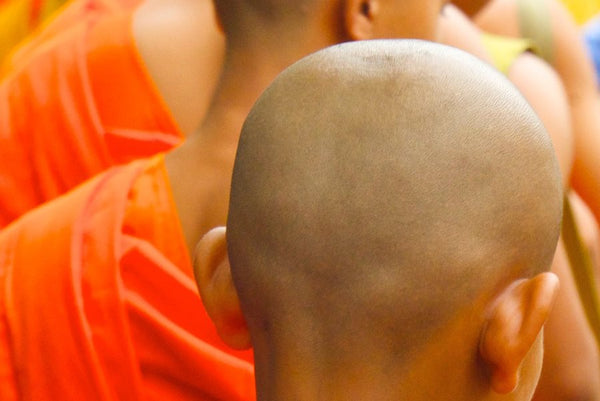
Phases of Hair Growth
There are three phases of hair growth – anagen, catagen, and telogen. The body starts by developing hair that pushes itself outwards as it grows. Hair grows continuously until it is shed off by the follicles. The following are the stages of hair growth:
- Anagen – Anagen or the growth phase is the stage where strands continue to grow. It can last two to seven years. On the other hand, hair all over the body only has around 30 to 45 days to grow before it rests. Around 85% of your hair is always in the anagen phase. The scalp continues to nourish hair in anagen phase since it is still attached to the blood supply, which is the papilla. The bulb is where the hair grows.
- Catagen – Catagen is the transitional phase where the follicles shrink. This phase lasts for two weeks at most. This is when the hair is cut off from the supply of nourishment, which makes it dead hair. The follicle rests and renews itself.
- Telogen – Telogen is the resting phase where new hair grows under the surface of the scalp. Resting phase may last from one to four months. New hair is preserved while the base of the old shaft softens. Shedding of hair happens when the base of the old shaft breaks free from the scalp. The new hair then grows in its place after a few weeks.
Trivia: Eyebrows, eyelashes, and hair all over the body except the scalp stay in the telogen phase longer. This ensures that they are not as populated as the hair on the scalp.
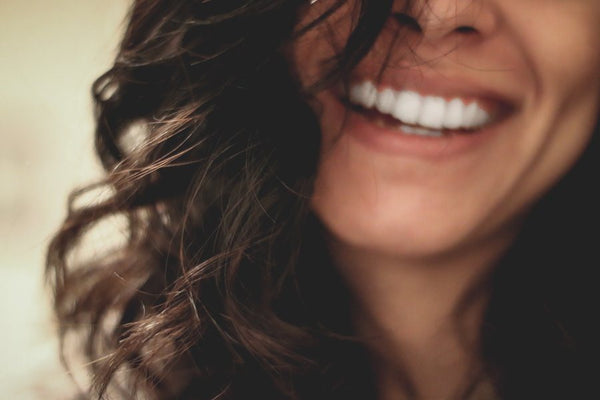
Importance of Healthy Hair Growth
Having healthy hair is important whether it’s on the scalp, eyebrows, eyelashes, or anywhere in your body. They have functions for keeping the body healthy. Here are the reasons why you need to make sure that you have healthy hair:
Functions of Hair
Here are the functions of hair and how it the body healthy:
- Warmth – Hair all over the body keeps you warm. They are necessary for stabilizing your body temperature.
- Increased Sensitivity – Hair enhances your sensitivity, which can help you detect foreign objects that come into contact with the hair on your body. Movement or vibrations of hair send signals that a foreign object touched or moved close to you.
- Protection – Various hair types all over your body have different functions. For example, your eyebrows catch sweat and prevent it from falling into your eyes. Eyelashes, on the other hand, shields eyes from dust and blocks airflow. Hair helps with perspiration as well. The hair on your head protects your scalp from wounds, injury, and other risks.
Characteristics of Healthy Hair
Having healthy hair is a sign that you have a good hygiene and diet. Hair is your crowning glory and having bad hair day can affect your confidence. The condition of your hair affects your self-esteem. Sleek and shiny hair makes you look presentable. This affects how other people see you and how you feel about yourself.

To know whether your hair is in good condition, here are the common characteristics of healthy hair:
- Color & Shine – Healthy hair is vibrant and has great shine. Dull and grey hair can indicate that hair is not receiving enough moisture and nourishment. Shiny hair looks more manageable and stylish to anyone.
- Texture – Hair should be smooth and soft. It should not feel coarse, rough, dry, or frizzy. Healthy hair has undamaged cuticles. A smooth strand of hair does not have gaps in the cuticles, making sure that the moisture is sealed within the hair shaft. This makes hair softer to the touch as well. To improve hair texture, protect hair from damage caused by heat, styling, and UV rays. Use hair products that restore moisture to the deeper layers of hair shaft.
- Resilience – Strong and resilient hair can withstand everyday damage. This means that you can pull, comb, or style your hair without shedding lumps of hair. Split ends and breakage are common issues with weak hair. To test whether your hair is resilient, you should be able to pull it with gentle force without causing breakage. Get stronger hair by nourishing the scalp with hair masks and essential oils. Argan oil works as a leave-in conditioner and a nourishing hair mask. It provides moisture and nutrients that stimulate the scalp for healthy hair growth. Discover more benefits of using argan oil for hair care.
- Volume – Healthy hair has a thick volume and bounces easily. Thin and limp hair is a sign that you might be shedding too many strands in a day. Hair fall is normal. What makes hair fall unhealthy is if they shed excessively.
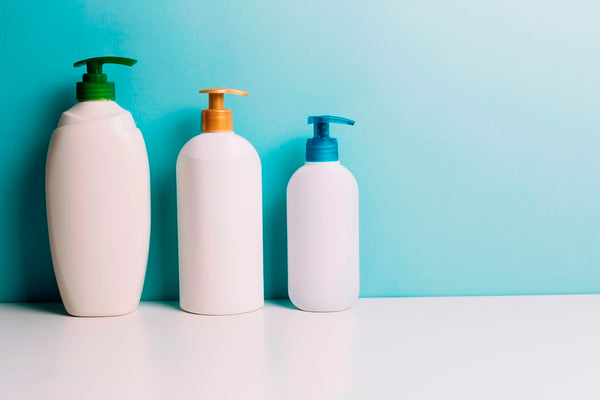
Hair Growth Concerns
Concerns about hair growth are often caused by unhealthy hair care habits or underlying conditions. Here are the common hair growth concerns:
Stunted Hair Growth
Stunted hair growth is the condition where hair takes a long time to grow longer. Sometimes, it seems not to have grown at all. Every 28 days, hair should grow around 1 cm. However, when you have stunted hair growth, you can experience having the same length of hair for years. It can happen in areas of the scalp that are bald as well. Undamaged follicles can still grow hair, but it might take longer than two weeks before new hair emerges from the scalp. Common causes of stunted hair growth are nutrient deficiency, damaged follicles, and hormonal imbalance.
To prevent stunted hair growth, make sure that you have a healthy diet. Eat food rich in vitamins and minerals that are essential for hair growth. It’s important to use the suitable hair products for your hair type as well. Check out this collection of various nourishing hair products to discover which ones work for you.
READ MORE: Hair Care
Premature Greying of Hair
Greying of hair eventually happens to everyone. However, when you’re in your teens or in your 20s, growing grey hair is a sign that there might be something wrong with your hair. Hair loses color when cells responsible for producing pigment are damaged. Premature greying of hair can be passed down in genetics too.

Another cause of fading hair color is poor nutrition. Deficiency of vitamin B12 can make hair lose its color. If you color your hair, then you’re familiar with hydrogen peroxide, which bleaches hair. However, hydrogen peroxide is also produced by your scalp. This substance builds up on hair as you grow older, blocking the production of melanin. This cause the grey hair color.
To prevent premature greying of hair, eat food rich in protein. It ensures that hair stays strong and vibrant. Use hair products that protect hair from UV rays to keep scalp balanced.
Hair Loss
Hair loss happens to everyone every day. You shed around 80 strands of hair a day. Hair loss is the excessive amount of hair fall that can show receding hairline or bald patches on the scalp. Men are commonly the ones affected by hair loss. Hair loss can be the results of a number of things including hormonal imbalance, nutrient, deficiency, irritation of hair products, and stress.
To prevent hair loss, practice stress management, and healthy hair care. Use products that are safe and gentle on the scalp. Avoid pulling on hair or treating it roughly.
Tips for Faster and Stronger Hair Growth
Just like how hair growth can slow down, it can also speed up. What’s important in hair care is to provide the nourishment and protection for hair. Try these tips to see noticeable hair growth in a few weeks:
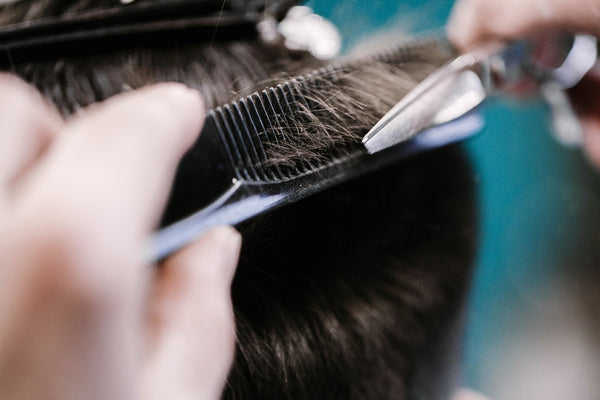
- Apply nourishing oils to hair. You can directly provide nourishment to scalp and hair by using oils. You can apply them as hair masks, leave-in conditioners, or as serums. Castor oil is a well-known natural remedy for hair loss. This is due to its abundance of moisture and protein, which promotes hair growth.
READ MORE: Castor Oil
- Use heat protectant sprays. Exposing hair to excessive heat can cause breakage. When cuticles lift off from the shaft, it causes brittleness that affects the whole strand of hair. Heat protectant sprays protect hair from damage while providing moisture that keeps hair soft and smooth.
- Look for gentle cleansers. Harsh cleansers can disturb the natural balance of the scalp. Using harsh cleansers often lead to hair loss or fading hair color. Make sure to get rid of excess oil, dirt, and dead skin cells on the scalp without causing damage. Look for gentle cleansers that nourish hair.
- Eat food rich in biotin. Biotin helps produce the protein that makes up hair. Eggs, salmon, nuts, and avocado are some example of biotin-rich food.
- Massage your scalp. There are lots of benefits in massaging the scalp. Five minutes every day is enough to boost blood flow on the scalp, which delivers nutrients that help with hair growth.
- Practice gentle brushing. Brushing hair gently distributes the oil evenly to the scalp, removes dandruff or debris, and stimulates blood flow.
What you eat and what you use shows on your hair. Healthy hair growth is all about choosing the right hair products and food that can nourish hair. Grow healthy tresses that shine from roots to tips!







